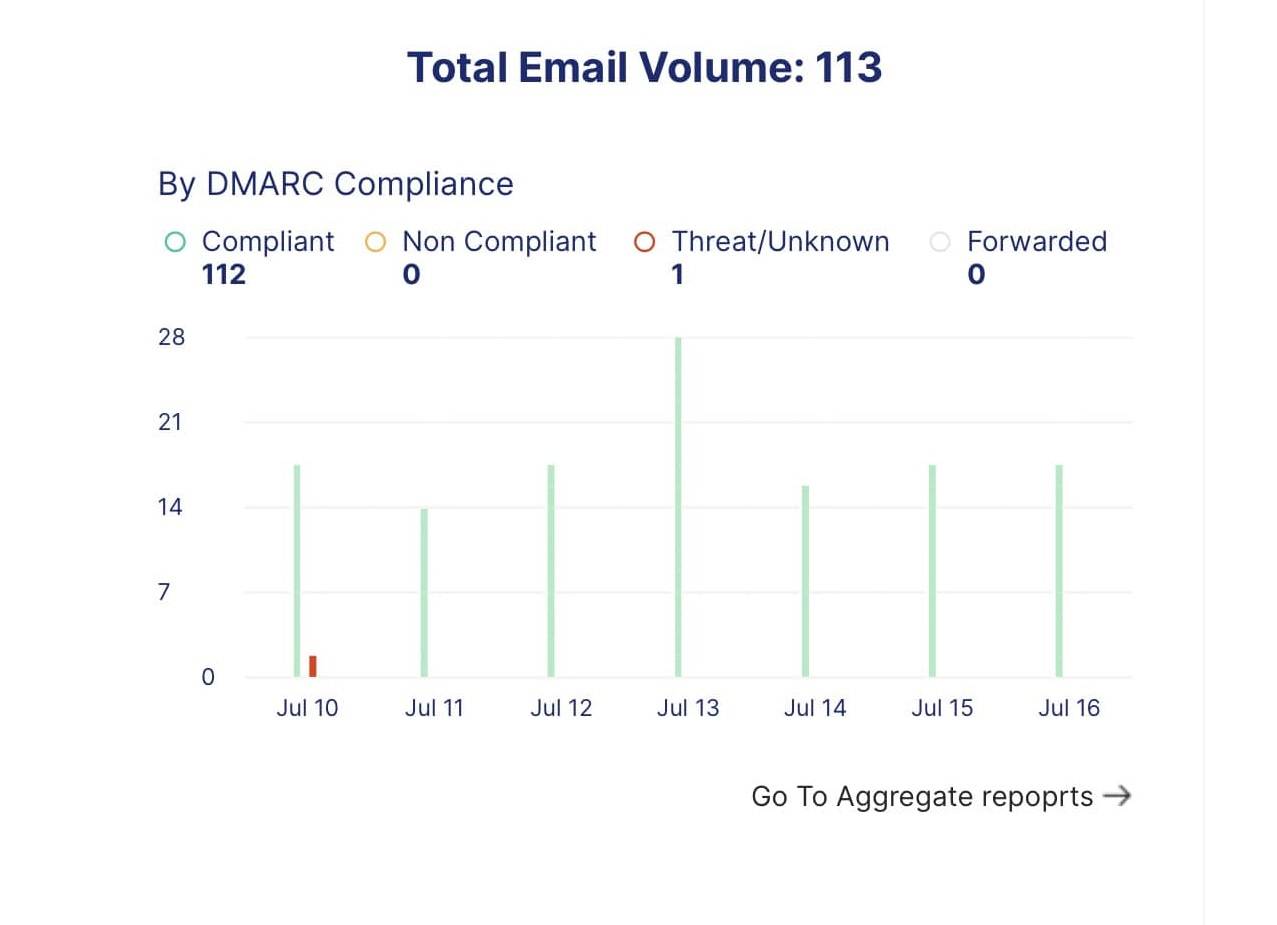Email Security:
Brand Protection:
Incident Response:
Compliance and Regulatory Requirements:
In summary, analyzing DMARC reports is important for maintaining email security, protecting brand reputation, facilitating incident response, complying with regulations, and continuously improving email infrastructure and deliverability.

In today’s interconnected digital world, email has become an essential communication channel for individuals and businesses alike. However, the rise in email-based threats, such as phishing and spoofing, has necessitated the implementation of robust security measures. One such protocol that has gained prominence in recent years is Domain-based Message Authentication, Reporting, and Conformance (DMARC). In this blog post, we will explore why DMARC analysis is crucial for safeguarding email integrity and provide insights into how to effectively analyze DMARC reports.
Understanding DMARC: DMARC is an email authentication protocol that helps protect against email fraud by providing senders and receivers with a framework for validating emails. It works by allowing domain owners to specify policies that dictate how email receivers should handle unauthenticated messages claiming to be from their domain. DMARC operates alongside existing email authentication protocols, such as Sender Policy Framework (SPF) and DomainKeys Identified Mail (DKIM), to ensure a comprehensive email security posture.
The Importance of DMARC Analysis:
- Protecting Brand Reputation: DMARC analysis plays a crucial role in safeguarding your organization’s brand reputation. By analyzing DMARC reports, you gain insights into email authentication failures and can take appropriate actions to prevent unauthorized individuals from sending emails on your behalf. This helps maintain the trust of your customers and partners.
- Mitigating Email-based Threats: Phishing attacks, in which attackers impersonate legitimate organizations to deceive recipients, can lead to severe financial and reputational damage. DMARC analysis allows you to identify and block unauthorized senders, reducing the risk of phishing attacks. By continuously monitoring DMARC reports, you can proactively identify emerging threats and take timely countermeasures.
- Improving Email Deliverability: Analyzing DMARC reports helps you identify potential email delivery issues and enhance your email deliverability rates. By accurately configuring DMARC policies and aligning SPF and DKIM records, you can ensure that legitimate emails from your domain reach their intended recipients. This minimizes the chances of legitimate emails being marked as spam or ending up in recipients’ junk folders.
How to Analyze DMARC:
- Enable DMARC Reporting: Start by enabling DMARC for your domain and configuring it to send regular reports to your designated email address. These reports contain valuable information about email authentication results, including SPF and DKIM alignment status.
- Analyze Aggregate Reports: DMARC aggregate reports provide an overview of authentication results for your domain’s emails. Use specialized DMARC analysis tools or services to process and interpret these reports effectively. Look for patterns, trends, and authentication failures to identify any anomalies or potential threats.
- Investigate Forensic Reports: DMARC forensic reports provide detailed information about individual email authentication failures. These reports are invaluable for investigating specific incidents or addressing persistent issues. Analyze the forensic reports to gain insights into the sources and nature of authentication failures, enabling you to take targeted remedial actions.
- Take Action: Based on the analysis of DMARC reports, take appropriate actions to improve email security. This may involve adjusting DMARC policies, strengthening SPF and DKIM configurations, or contacting unauthorized senders to mitigate the risks. Continuously monitor and analyze DMARC reports to ensure ongoing email security.
Conclusion: DMARC analysis is a vital component of an organization’s email security strategy. By effectively analyzing DMARC reports, you can protect your brand reputation, mitigate email-based threats, and enhance email deliverability. By investing time and resources into understanding DMARC and leveraging specialized analysis tools, you can fortify your email infrastructure and provide a safer environment for your customers and business partners.
Remember, email security is an ongoing effort, and regular analysis of DMARC reports is essential to stay one step ahead of emerging threats in the ever-evolving digital landscape.